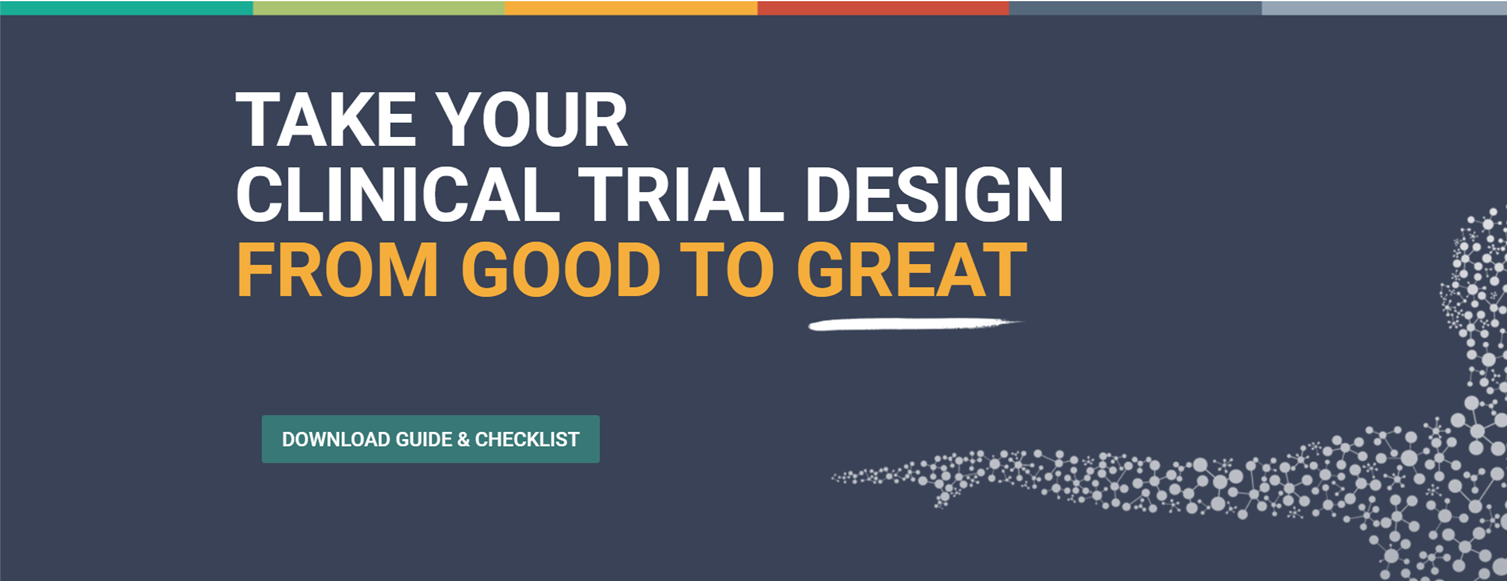
Why aren’t more Clinical Trials using Adaptive Designs?
If adaptive designs can bring strong advantages to clinical trials, then why does their adoption remain low?
Clinical trials typically follow a fixed design, where the protocol is established before the study begins and is planned to remain unchanged throughout the trial. Adaptive designs, on the other hand, are planned to allow for modifications based on accumulating data, enabling researchers to make real-time adjustments to optimize trial outcomes. These adaptations can include changes in sample size, treatment arms, patient allocation, and statistical methods.
Adaptive designs offer several advantages over traditional fixed design trials. One of the most significant advantages is that they can increase the efficiency of the trial by reducing the expected number of patients required to achieve a certain level of precision. This can help reduce the average cost and time required to conduct a trial. Despite these benefits, however, the adoption of adaptive designs remains relatively low. Several key factors contribute to this situation.
Table of Contents
Resistance to Change & Lack of Familiarity
Resistance to change is a common barrier in many industries, including life sciences. The adoption of adaptive designs represents a significant shift in the approach to clinical trials. Researchers, clinicians, and others may be resistant to change due to the fear of the unknown, concerns about the validity of adaptive designs, or the perceived disruption to established workflows.
The lack of familiarity and understanding among researchers, clinicians, and regulatory bodies may also be a factor for low adoption. Traditional fixed designs have been the standard for many years and transitioning to adaptive designs requires a comprehensive understanding of the principles, methods, and potential benefits. When planning a new clinical trial, those involved may find the familiar more comforting and also more efficient, as taking time for education on adaptive designs during the planning phase may extend this portion of trial design.
Regulatory Uncertainty
The regulatory landscape surrounding adaptive designs is often seen as complex and uncertain. Regulatory agencies, such as the U.S. Food and Drug Administration (FDA), have provided guidance on adaptive designs, but these recommendations may be perceived as vague or open to interpretation. Furthermore, there may be instances where even trial designs that follow the guidance may not be approved by regulators due to specific aspects of the disease area, treatment, or reviewer concerns. This ambiguity creates a sense of hesitation among researchers and sponsors, leading to a conservative approach to trial design.
Operational and Logistical Challenges
Implementing adaptive designs can introduce operational and logistical challenges. The ability to collect, analyze and interpret data in real-time, if necessary, requires efficient infrastructure, advanced statistical methods and dedicated resources. Adaptive design trial protocols may take longer to plan and write in order to account for all possible changes or outcomes, or they may require updates during the trial. Many clinical trial sites and institutions may not possess the necessary infrastructure or expertise to support adaptive designs effectively.
Cost Implications
Adaptive designs can be associated with higher up-front costs compared to traditional fixed designs. The need for real-time monitoring, interim analyses, and adaptations increases the complexity and resources required for trial execution. While adaptive trials may reduce long-term costs by shortening trials or improving efficiency, sponsors and funding agencies may be reluctant to invest in adaptive designs without a clear understanding of the potential return on investment.
Limited Expertise
Implementing adaptive designs necessitates a high level of statistical and methodological expertise. However, there is a limited pool of professionals with the necessary skills and experience in this specialized area to educate sponsors and help them implement these designs. The scarcity of experts and consultants who can guide researchers and sponsors through the process of adaptive trial design poses a challenge.
Complex Statistical Methodology
Adaptive designs may rely on more complicated or unfamiliar statistical methodologies, such as sequential analysis, Bayesian approaches, and sample size re-estimations. The application and interpretation of these techniques require a thorough understanding of the relevant statistical theory and methodology. The complexity of these methods can act as a deterrent for researchers who may not have a strong statistical background.
Ethical Considerations
Ethical considerations are paramount in clinical trials. The dynamic nature of adaptive designs, with the potential for mid-trial modifications, raises ethical concerns. Researchers must carefully balance the need for timely adjustments with the protection of participant rights and welfare. The ethical benefits of adaptive designs, such as reducing the number of subjects exposed to insufficiently efficacious treatments, must be weighed against any ethical complexities regarding how adaptive designs may impact concepts such as informed consent or clinical equipoise. The ethical implications of adaptive designs require careful review, which can add additional complexity, delays, and costs to the trial process.
Limited Industry Support and Guidelines
The lack of comprehensive industry support and clear guidelines for implementing adaptive designs is another obstacle. Pharmaceutical companies, contract research organizations (CROs) and other stakeholders play a significant role in shaping the landscape of clinical trials. The development of standardized protocols, best practices, and case studies can provide valuable insights and foster confidence in adaptive designs.
Insufficient Training, Education & Awareness
The education and training of researchers, clinicians, and statisticians regarding adaptive designs are essential for increasing adoption. Incorporating adaptive design concepts into academic curricula, providing workshops, and offering online courses can enhance the knowledge and skills required to implement adaptive designs effectively. Publications, conferences, and scientific forums need to continue highlighting successful implementations, case studies, and real-world examples to showcase the benefits of adaptive designs and encourage their wider use.
Organizational Barriers
Cultural and organizational barriers can impede the adoption of adaptive designs. Hierarchical structures, resistance to change and risk-averse cultures within healthcare institutions and research organizations can hinder the exploration and implementation of innovative trial designs. The risk-averse mindset prevalent in clinical research can also deter the use of adaptive designs. Researchers and sponsors may be hesitant to deviate from established methodologies and take calculated risks, fearing potential negative outcomes. Overcoming the risk-averse mindset requires a shift in perspective and a willingness to embrace novel approaches.
What steps can be taken to promote the adoption of adaptive designs?
Despite their advantages, and because of the limitations and challenges described above, the use of adaptive designs in clinical trials remains low. Below are some steps that can be taken to encourage more sponsors and researchers to consider adaptive designs.
- Education programs for sponsors, researchers and regulatory agencies: Increasing awareness and understanding of the benefits of adaptive designs and how to properly implement them can reduce the uncertainty and unfamiliarity about adaptive designs and their role in regulatory approval.
- Increased collaboration between researchers and statisticians: By involving statisticians early in the clinical trial development process and collaborating at each step, researchers can ensure the appropriate statistical methods are being used to analyze the data from adaptive trials.
- More support from funding agencies: More inroads must be made to funding sources for clinical trials in order to help them recognize the potential benefits and value of adaptive trials and how these designs can balance possible increases in upfront costs with long-term savings.
- Streamlined guidelines from regulatory agencies: Regulators can play an important role in promoting the use of adaptive designs. By working towards creating a more flexible and streamlined process, regulatory agencies can make it easier for researchers to get their trials up and running.
- Industry media sharing knowledge: Industry magazines, conferences, and trade shows can boost the sharing of knowledge and promotion of adaptive designs. Innovative and successful adaptive designs can be highlighted with thorough discussion of both their implementation as well as their benefits.
With the right approach and support, adaptive design trials can become more widely used and industries participating in clinical trials can more readily access their benefits.



